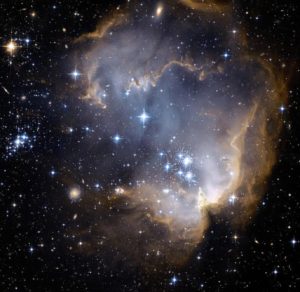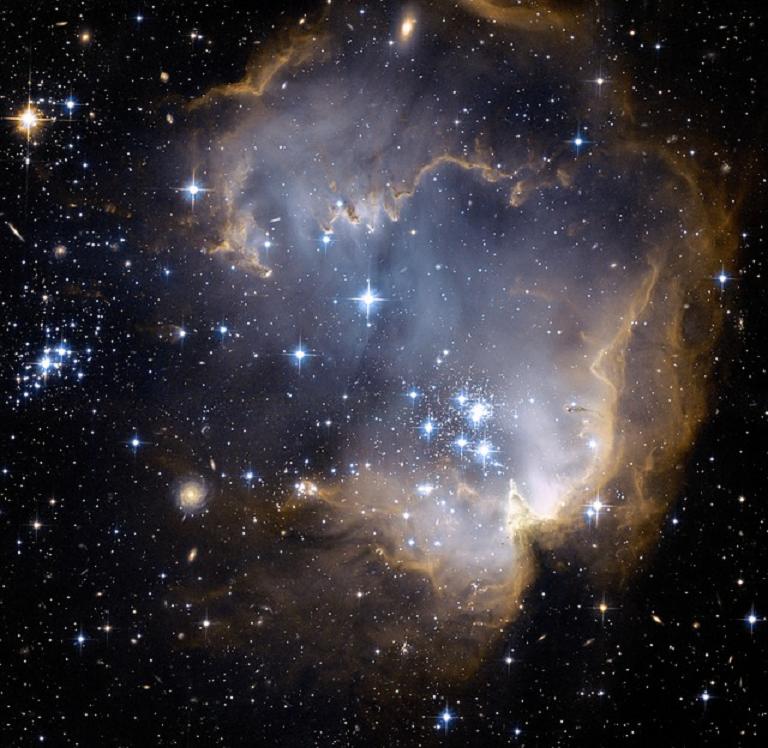
In association with the Arizona State University, NASA is planning to launch a future mission to a giant metal asteroid 16 Psyche that is believed to be worth $10,000 quadrillion.
According to NASA, this giant asteroid is made of nickel and iron and might be holding the secret to how our solar system was formed.
The fact-finding mission will be led by Arizona State University researchers.
Lindy Elkins-Tanton, Psyche’s principal investigator said in a statement: “This is an opportunity to explore a new type of world—not one of rock or ice, but of metal.”
“16 Psyche is the only known object of its kind in the solar system, and this is the only way humans will ever visit a core. We learn about inner space by visiting outer space.”
According to Elkins-Tanton, the amount of iron present on 16 Psyche is worth $10,000 quadrillion, although NASA currently has no technology to mine this asteroid.
Scientists also believe that the outer core of 16 Psyche might have been lost in a series of collisions.
Psyche Mission is scheduled to be launched in October 2023 and will take about 7 years before arriving at the asteroid in 2030.
Established in 1958, the National Aeronautics and Space Administration or NASA is the space agency of United States of America and is responsible for the civilian space program and aeronautics/aerospace research. Since being established in 1958, NASA has led US in its space exploration efforts, including the Skylab space station, the Apollo moon-landing mission, and Space Shuttle. NASA also shares its data with various national and international organizations.
In the past 50 years, NASA has carried out a variety of manned and unmanned spaceflight programs. Unmanned programs included launching the first American artificial satellites into Earth orbit, sending scientific probes to different planets such as Mars and Venus, and others. Manned programs included sending the first Americans into low Earth orbit (LEO), accomplishing successful human landing on Moon in 1969 through Apollo program, and developing semi-reusable LEO Space Shuttle and space station.
Currently, NASA is working in association with Russia and European Space Agency to manage the International Space Station. The agency is also overseeing the development of the Orion Multi-Purpose Crew Vehicle, Commercial Crew vehicles, and the Space Launch System.

